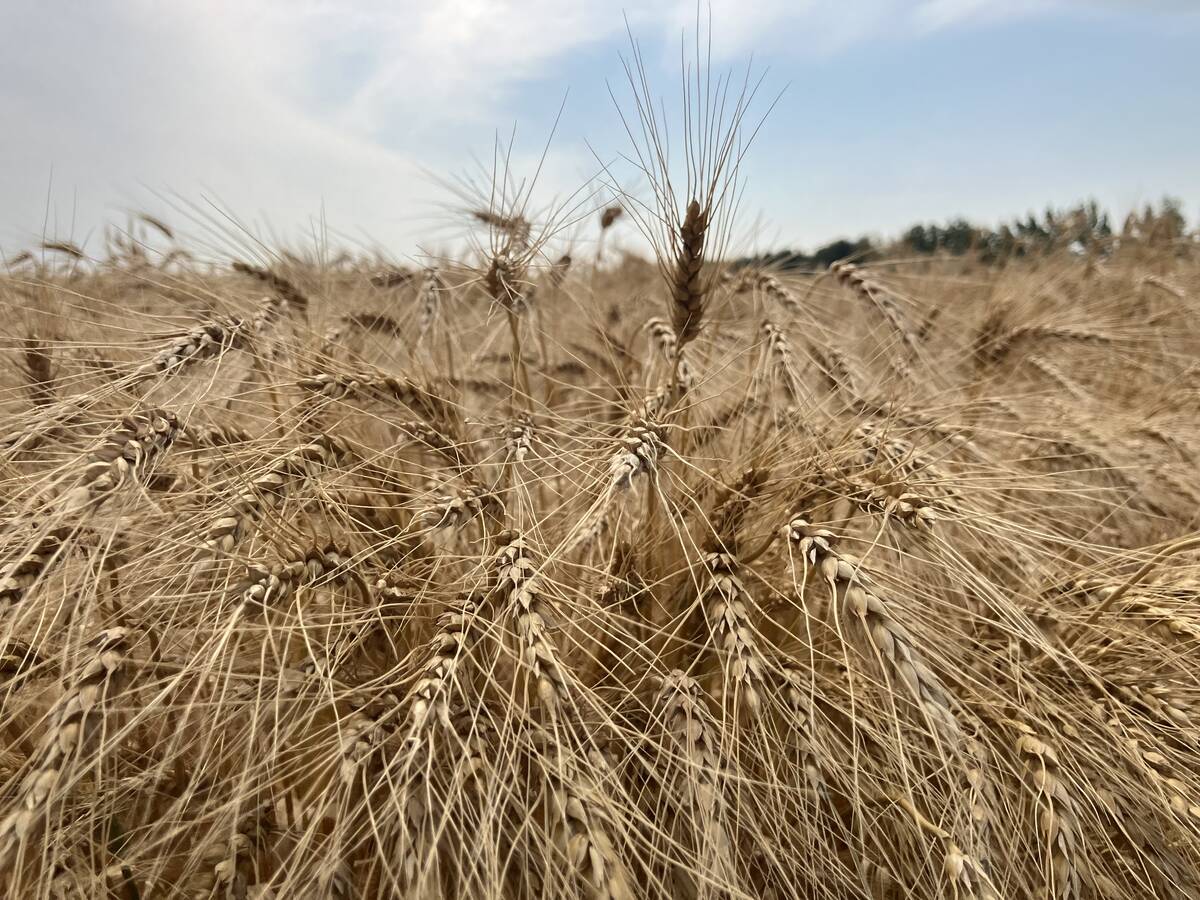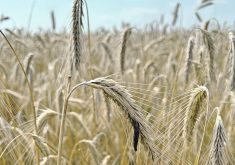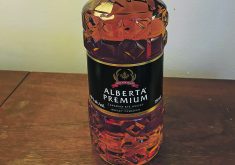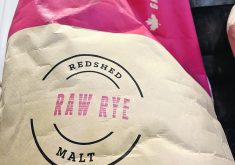Contrary to what its name implies, whisky labelled as rye in Canada can be made with any cereal grain and not just rye
This is part of an ongoing series of stories exploring rye, the crop, as it becomes Rye, the whisky.
Here are some rye whisky realities that might surprise you:
-
- “Rye whisky” in Canada doesn’t need to contain any rye at all. It does in the United States, but in Canada it’s a legal synonym for “Canadian whisky.”
- “Canadian whisky” can come from any cereal grain combination so long as it is aged for at least three years in small wood casks. This is a far looser definition than applied to many types of whisky. For example, U.S. bourbon must contain at least 51 percent corn in the mash and be aged in new, charred oak barrels. U.S. rye must contain at least 51 percent rye grain in the mash.
Read Also

Prairie spring wheat looks like a bumper crop
Canada will likely set a new record for spring wheat yields this year, topping the previous mark of 54.1 bushels/acre – set in 2020
Other stories in this series:
-
- More producers start growing rye as crop prepares for a recovery
- Farmer finds new uses for old crop of rye
- Growing rye for seed is quirky but fun
- Rye’s agricultural journey set over thousands of years
- Hybrid varieties a game changer for rye sector
- Agriculture Canada plant breeder committed to rye
- Rye bread continues to nurture loyal following
- Few remember rye whisky’s Sask. connection
- The main ingredient in “Canadian whisky” today is corn. Once it was wheat, a good use for excess grain grown in Ontario and Quebec, but corn became more plentiful, is cheaper and has a better distilling profile. Since alcohol from both wheat and corn has little native flavour after going through column distillation, most “Canadian whisky” includes a small proportion of rye to add the flavour.
- Rye grain was used in early Canadian and American whiskies because of customers’ preference for a flavourful drink instead of the blander flavour of base alcohols.
- Some of the chemical compounds in rye grain that provide the wanted flavour are chemically related to those in peat, the biological substance underlying much of the distinctiveness of Scotch whisky.
- The U.S. almost had a second revolution over taxes when President George Washington attempted to impose liquor taxes on Pennsylvania farmers who were turning their excess rye crops into whisky. The farmers, unwilling to pay the tax bill to help cover the debts from Washington’s 1776 rebellion, arose in armed revolt in the early 1790s, burned down a tax collector’s home in Pittsburgh and provoked Washington to lead a 13,000 man army to confront the rebels. The freedom fighters, being mostly small, struggling farmers, melted away without resistance, and Washington turned out to be more successful at imposing taxes on unwilling subjects than King George III had been.
- Dutch and German people tend to think of rye whisky as being a North American drink, even though many European booze-makers have been distilling it for centuries. Throughout northern and eastern Europe, rye has long been known and prided for its spicy, robust flavour punch, although most know it only in its baked bread form.
- Early Dutch and German farmers and urban settlers in North America introduced the brilliant idea of adding rye to other local liquors to give it better flavour.
- Rye is a challenge for people who want to use because it is difficult to distil and bake. However, those who commit to it seem to become oddly transfixed by the challenges.
- Labelling a truly rye-focused whisky in Canada can be a problem because the term “rye whisky” doesn’t necessarily mean much. “Rye whisky, 100% Rye” is how Lot 40, a premium Canadian rye whisky, makes clear its commitment to making a truly rye-containing rye.
- Americans who order “rye whisky” in Canadian bars probably think they’re ordering a rye-grain-based beverage, and a Canadian bartender taking the order probably thinks “rye” and “whisky” are about the same thing, which they are in law. This is just another of the many ways that language, culture, truth and booze subtly shift at the 49th parallel.
- Rye whisky has experienced a renaissance in the U.S. as it is promoted as a premium form of the liquor. The renaissance is only beginning in Canada. At this point, nobody can predict what confusions, arguments and fisticuffs will erupt as more people begin insisting that “rye” doesn’t mean just any old whisky, and that Parliament must act.



















